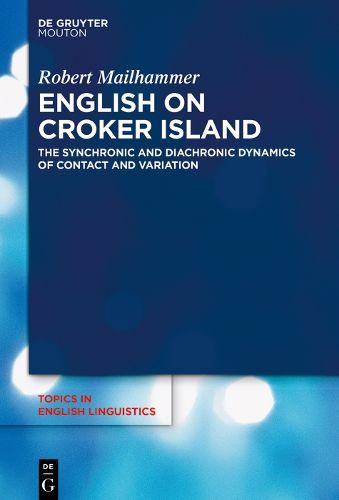Readings Newsletter
Become a Readings Member to make your shopping experience even easier.
Sign in or sign up for free!
You’re not far away from qualifying for FREE standard shipping within Australia
You’ve qualified for FREE standard shipping within Australia
The cart is loading…






Existing accounts of Australian Aboriginal English do not investigate the significant degree of variation found across the continent. This book presents the first description of English spoken on Croker Island, Northern Territory, Australia, in terms of its history, linguistic features and connections to local Aboriginal languages. It demonstrates that English on Croker Island shows an extremely high degree of intra- and inter-speaker variation and embedding in a longstanding multilingual contact situation, both of which challenge existing models of variation and language contact. These results have significant ramifications for how variation is modelled, for our understanding of how postcolonial Englishes develop, as well as for the dynamics of complex contact situations. The book also puts English on Croker Island into a typological context of World Englishes by establishing a profile according to the parameters of the World Atlas of Varieties of English (WAVE). It is of interest to academics interested in Australian Aboriginal English, language contact, World Englishes and Australian Aboriginal languages.
$9.00 standard shipping within Australia
FREE standard shipping within Australia for orders over $100.00
Express & International shipping calculated at checkout
Existing accounts of Australian Aboriginal English do not investigate the significant degree of variation found across the continent. This book presents the first description of English spoken on Croker Island, Northern Territory, Australia, in terms of its history, linguistic features and connections to local Aboriginal languages. It demonstrates that English on Croker Island shows an extremely high degree of intra- and inter-speaker variation and embedding in a longstanding multilingual contact situation, both of which challenge existing models of variation and language contact. These results have significant ramifications for how variation is modelled, for our understanding of how postcolonial Englishes develop, as well as for the dynamics of complex contact situations. The book also puts English on Croker Island into a typological context of World Englishes by establishing a profile according to the parameters of the World Atlas of Varieties of English (WAVE). It is of interest to academics interested in Australian Aboriginal English, language contact, World Englishes and Australian Aboriginal languages.